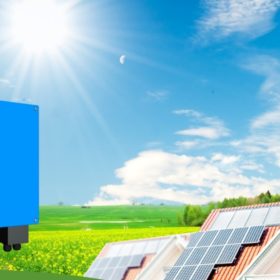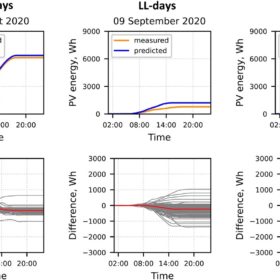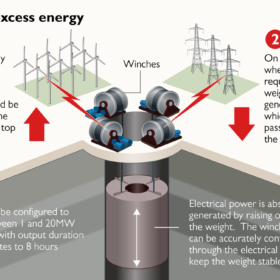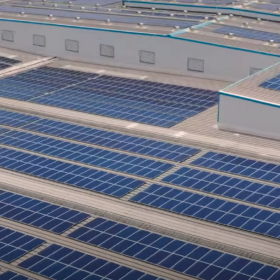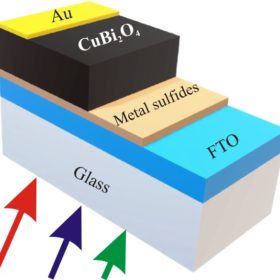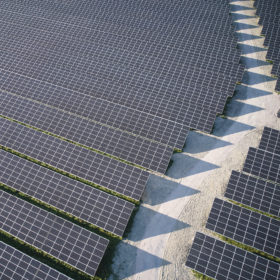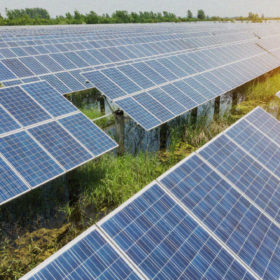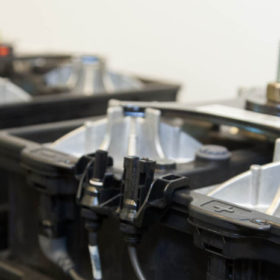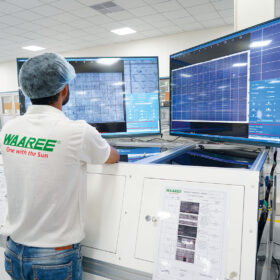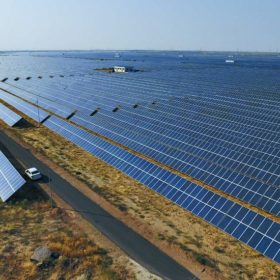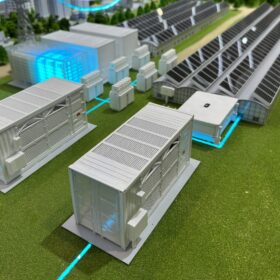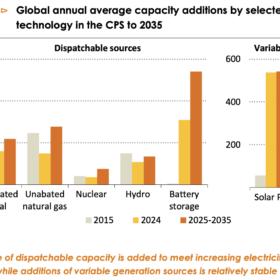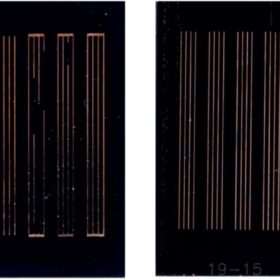India installed 11.2 GW of solar in first nine months of 2022
The nation installed 9.3 GW of utility-scale solar, 1.3 GW of rooftop arrays, and 0.6 GW off-grid PV projects from January to September this year.
Poweron unveils new hybrid inverters for residential solar
The Indian manufacturer has introduced wall-mount hybrid solar inverters with nominal power ratings of 3.68 kW, 4.6 kW and 5 kW. The inverters are compatible with both lead-acid and Li-ion battery.
COP27 was a crucial step forward for hydrogen – here’s why
Three import deals signed by the EU at Sharm El Sheikh during this month’s COP27 summit show the European Union is serious about harnessing green hydrogen for its heavy industry, and about distributing the fruits of the energy transition on an equitable basis.
How variable is rooftop solar power?
A research group has developed a new methodology that shows PV systems located in the same area could have similar distributions of power ramps. Their three-step method could be used for the dimensioning of rooftop arrays and the scheduling of daily operations.
Scottish startup to begin gravity energy storage pilot in India
UK-based Gravitricity will begin with pilot demonstration of its gravity energy storage systems in India as it eyes broader deployment in the long term.
Haryana tenders 30 MW rooftop solar on government buildings
The state government is accepting bids to deploy RESCO mode rooftop solar plants on government buildings in the state. Bidding closes on December 19.
Scientists make first attempt to design solar cells based on kusachite
Indian scientists have designed a thin-film solar cell that uses a mineral made of binary copper(II) and bismuth(III) oxide. They identified a cell design with a tin sulfide buffer layer that offers efficiencies close to 27.7%.
A game of risk
The rising popularity of “baseload” power purchase agreements (PPAs) has posed questions to solar electricity suppliers in the German market. How can projects that do not generate at night, and with wide seasonal output variation, effectively supply constant power to consumers? More importantly, who shoulders the price risk?
Actis backed BluPine Energy acquires 404 MWp operating solar assets in India
BluPine Energy, launched earlier this year by UK investor Actis, targets 4 GW of utility-scale solar, wind and storage projects in India by adopting a buy-and-build strategy.
Birla Carbon joins project to develop lithium battery-grade graphite from biocrude
The carbon black solutions manufacturer has embarked on a collaborative project to develop lithium battery-grade graphite sustainably using renewable feedstocks.
